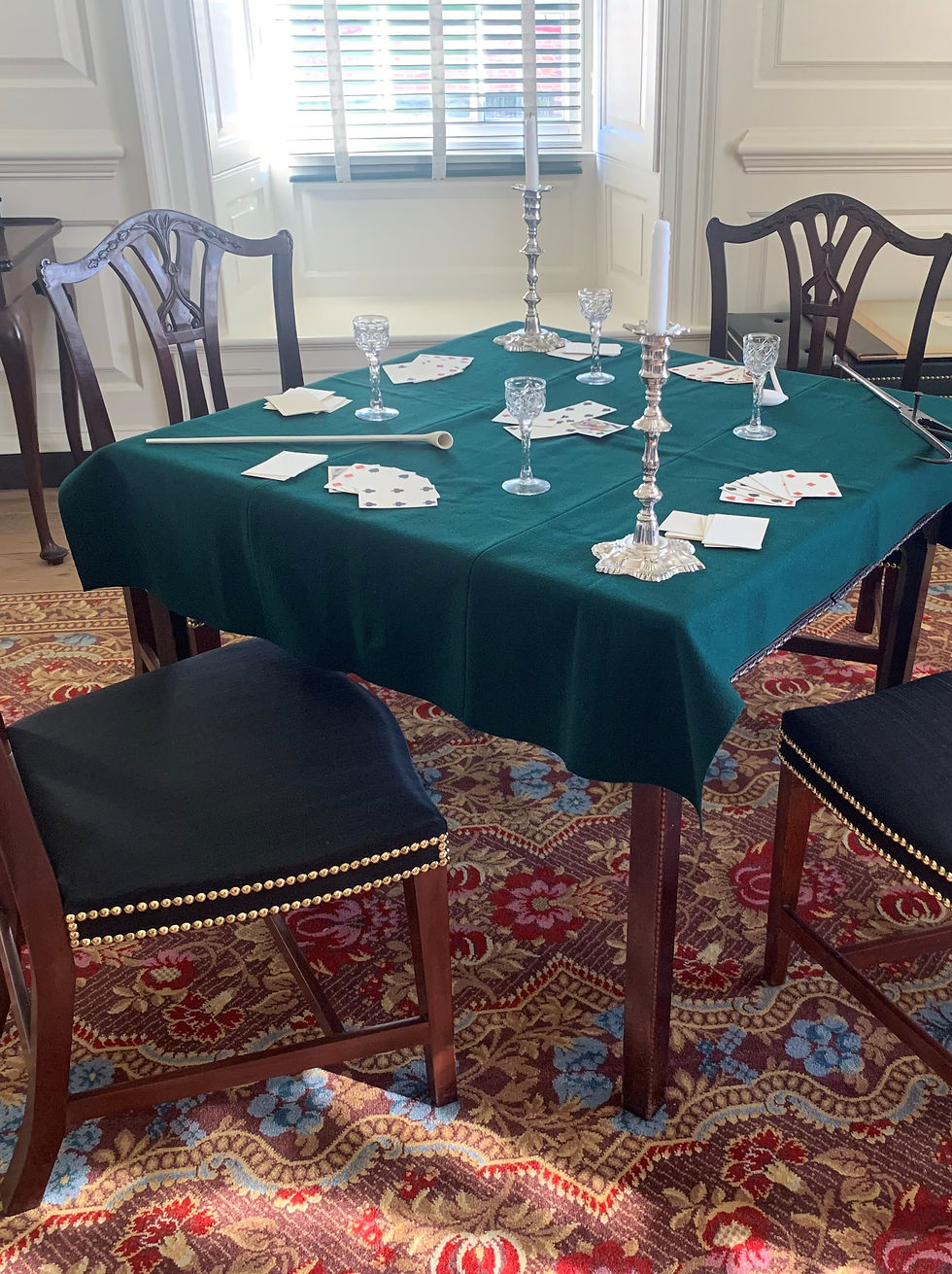Creative Tax Deductions?
- ddavis120
- Dec 7, 2017
- 2 min read
Updated: Jan 25, 2018
I had a good laugh the other day as I flipped through a magazine and saw ideas for “easy and fun” crafts that I’m supposed to create to make my home more festive for the holidays. I’m pretty sure that had I attempted any of them I would have ended up with my fingers hot glued to the ceiling fan. However, perhaps you’re craftier than I am. Perhaps you are talented enough to sell your craft projects in person or on online sites like Etsy. If so, you should be aware of some important tax consequences of your creative activities.
The IRS expects taxpayers to report all income, regardless of the source. Therefore, if you make money selling crafts, you are required to report it. But to report it correctly, you first must determine whether your activities are a hobby or if they qualify as a business. The general rule to follow is businesses are operated with the intent to make a profit, while hobbies are meant to be fun and relaxing. The IRS lists nine things to consider when determining whether you are engaging in a business or a hobby, including the time and effort expended, the way you conduct your activities, and whether you have made a profit in other years. Realizing a profit for at least three out of the past five years is a good indication that you have a business. For more from the IRS on determining if you have a business or hobby, click here.
Why does this matter? Businesses and hobbies have different reporting requirements, including how expenses are treated. Business expenses are reported on Schedule C, and they reduce the amount of income on which the business owner is taxed. If a business has a loss for the year, the taxpayer may be able to offset some other income with the business loss.
Hobbies are treated very differently. Hobby income is reported on line 21 of Form 1040. Hobby expenses are taken on Schedule A along with other itemized deductions. Hobby expenses must be considered “ordinary and necessary” in order to be deducted. Someone who makes and sells Christmas ornaments can probably deduct the cost of the beads and ribbons used on the ornaments sold, but not a trip to Washington to see the White House decorations. Hobby expenses are taken on line 23 of Schedule A, and they are limited by 2% of the taxpayer’s adjusted gross income. Furthermore, hobby expenses cannot exceed hobby income, so a taxpayer cannot offset other income with a hobby loss. The IRS has a concise guide to hobby income here.
The best a hobbyist can do is break even, but most will not even do that. Go ahead and have fun making Christmas ornaments and wreaths and stockings and other fun crafts this season. Enjoy selling your handiwork at craft markets and bazaars. Just make sure you are treating your hobby income and expenses correctly on your tax return. We are here to help if you have any questions.





Comments